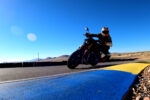Why I Stopped Teaching Limit Point Riding
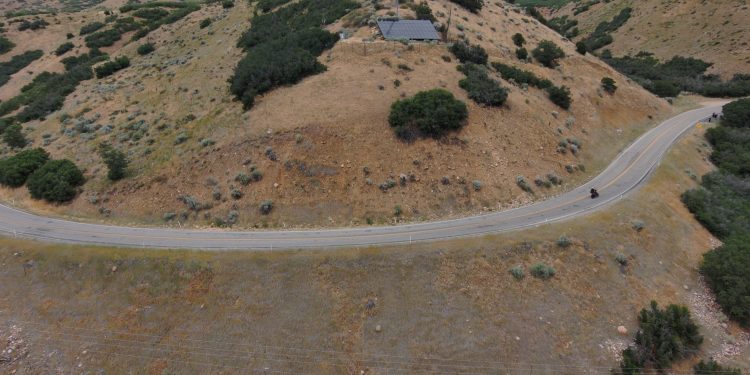
When Good Technique Isn’t Always Good Enough
You dive into a blind corner. It tightens without warning. Your confidence evaporates. It’s frustrating. It’s scary.
There’s a riding technique called limit point riding (also known as vanishing point riding) that promises to prevent that exact situation. It’s been taught for decades, and many riders swear by it. But after coaching thousands of riders over the past 25 years, I’ve stopped teaching it as a primary tool. Here’s why.
What Is Limit Point Riding?
The basic principle is intuitive. The limit point is the furthest spot on the road you can see—the point where both road edges visually meet.
- Negative Limit Point: If the limit point is getting closer, the corner is tightening.
- Neutral Limit Point: If it’s staying the same, the corner is constant radius.
- Positive Limit Point: If it’s moving away, the corner is opening up.
The idea is to ride at a speed that allows you to stop in the visible distance between you and the limit point. Once you get good at reading it, some say you’ll only need to slow down for 25 percent of corners. That sounds amazing.
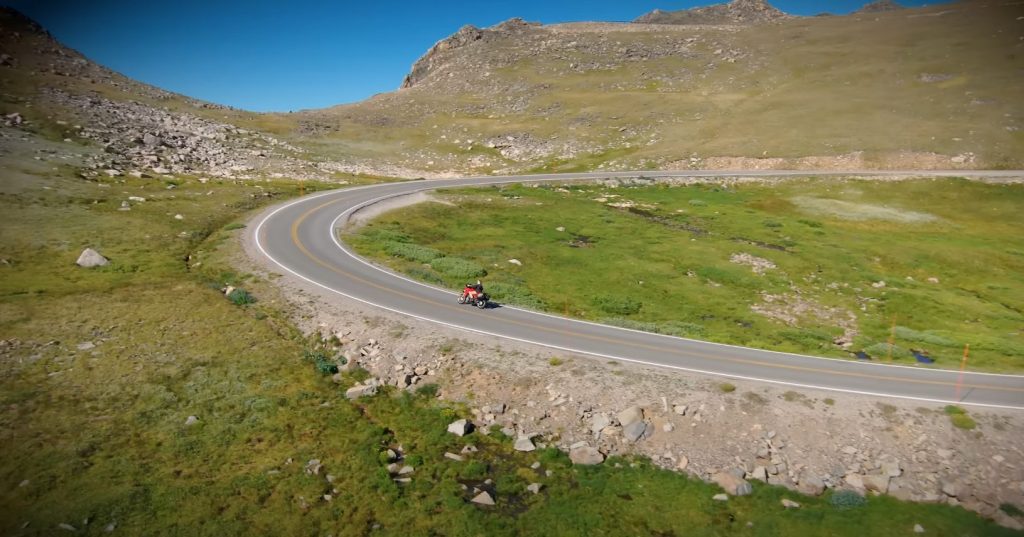
But Here’s the Problem
Limit point riding works… until it doesn’t. It relies heavily on good visibility, consistent road surfaces, and predictable elevation. That’s great on flat, straight roads. But in the real world, those conditions are rare.
Elevation, hill cuts, off-camber corners, and fallaway turns can trick the limit point into lying to you. The road might look like it’s opening up, but tighten without warning just beyond your line of sight.
I’ve personally been caught out this way. While testing riding strategies on an unfamiliar track, one corner looked like a straightaway. The limit point moved away. So I chased it, only to discover the road doubled back on itself.
Real-World Examples
On one of my local canyon roads, there’s a left-hand bend that gives a strong positive limit point, then immediately tightens while dropping away off camber. It looks safe, until it isn’t.
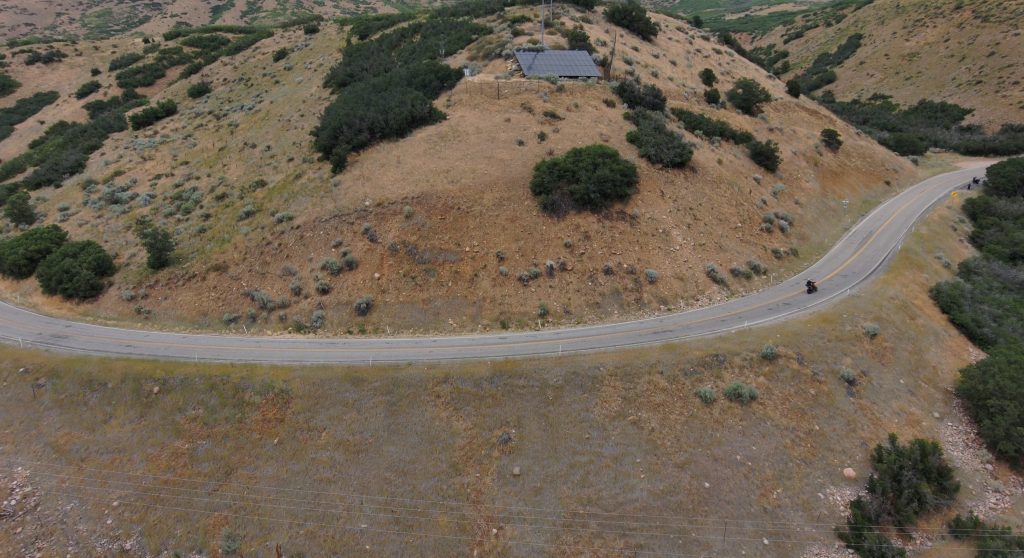
There’s another uphill left-hander on the same stretch. Again, it gives a positive limit point, but the corner keeps tightening long after you’ve committed. If you’re relying solely on the limit point, it’s like chasing a rumor.
What Limit Point Riding Gets Right
Let’s not throw the baby out with the bath water. Limit point riding has solid foundations:
• It teaches you to look far ahead.
• It reinforces the need to ride at a speed that allows you to stop in what you can see.
These are non-negotiable fundamentals. I still teach those parts.
Where I Defer
The emphasis on chasing the limit point, especially going to gas the moment the point moves away, is where it falls apart.
This idea of accelerating as soon as the corner “opens up” is built on old-school thinking about stabilizing the bike by transferring weight to the rear wheel. It may have worked in the 1970s, but modern riding demands more precision.
Personally, I don’t care how soon I can get back to the gas. My top priority is simple: get the bike pointed toward the exit.
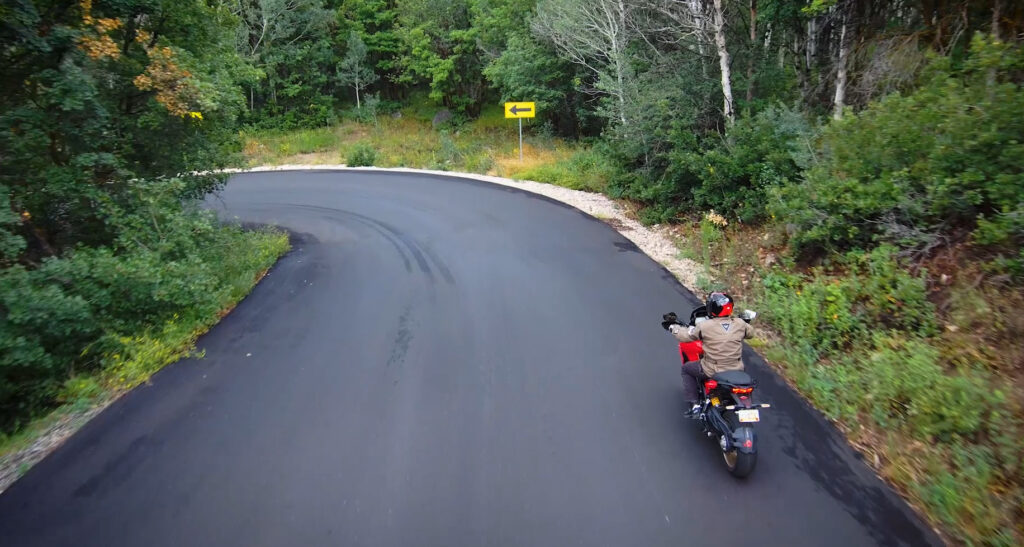
My Approach Instead
I won’t go back to throttle until two conditions are met:
- I can see the exit.
- I can start reducing lean angle.
Until then, I may stay on neutral throttle or stay ready to return to the front brake. My eyes are constantly scanning. Up and down like a paint roller. Looking at the road surface, debris, blind spots, and of course, the exit.
Limit Point Riding Is Just One Clue
In the real world, riding safely means picking up multiple clues. Relying on just one can get you hurt.
Other things I look for:
- Skid marks at corner entry
- Rippled pavement
- Power lines following the road
- Reflector poles
- Speed advisory signs
- Gravel kicked up by trailers
Each of these tells a story. The more clues you collect, the clearer the picture becomes.
Final Thoughts
I want you to ride safer, smarter, and smoother. That’s why I don’t rely on limit point riding as a primary method anymore.
It’s a clue, and sometimes a good one. But it’s only one piece of the cornering puzzle. Keep your eyes moving. Stay skeptical. Don’t chase the limit. Chase the exit. Because exits win races, and more importantly, they save lives.


